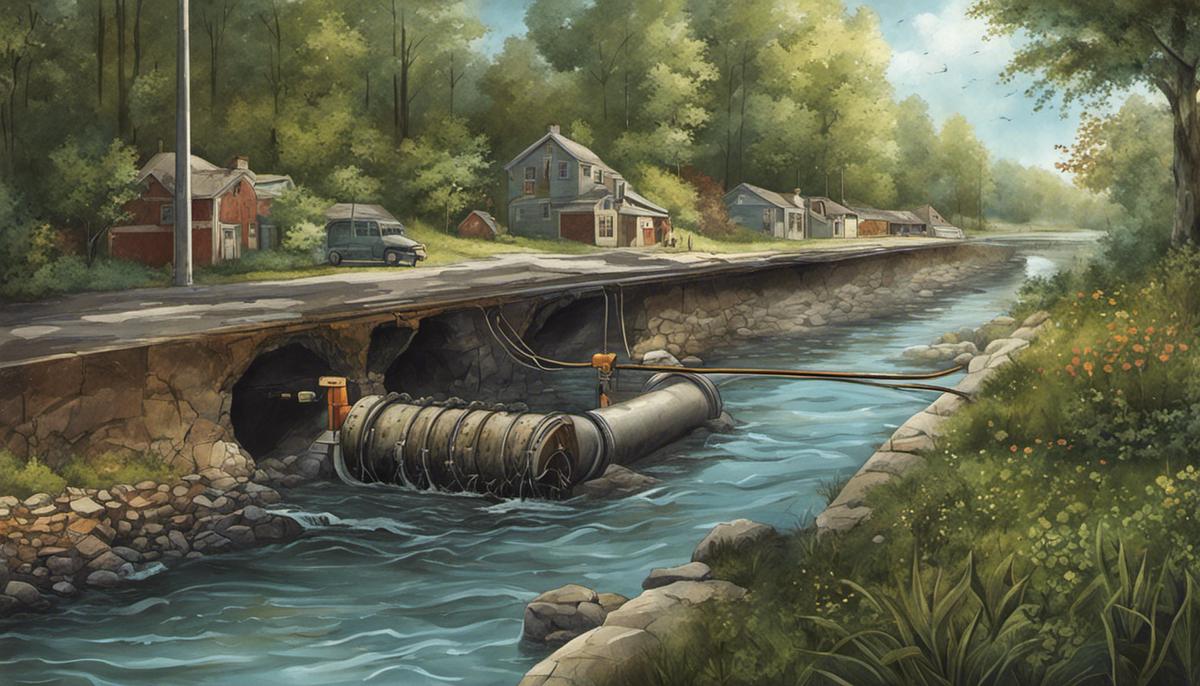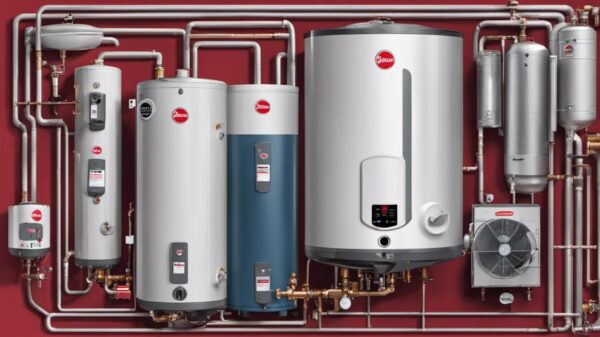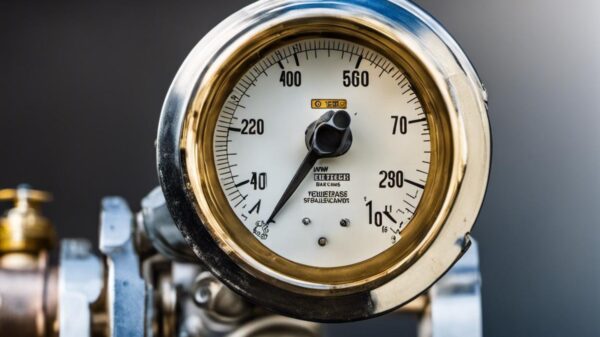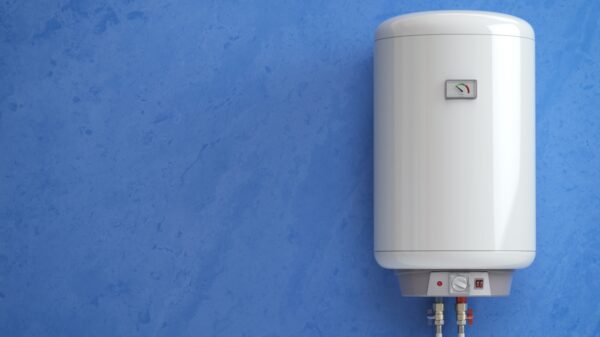Sewer Line Repair and Replacement Guide
Navigating the complexities of sewer line repair and replacement can be a daunting task for anyone. Becoming informed about common problems such as blockages, corrosion, tree root intrusion, and ground movement that necessitate sewer line intervention can be one’s first step to better comprehend the landscape of this essential utility component. It is critical not to overlook the importance of understanding the signs of these issues for their early detection and mitigation.
Furthermore, getting acquainted with the gamut of repair techniques – from traditional methods and trenchless repair to pipe relining, pipe bursting and slip lining – can allow a richer understanding of the mechanisms behind repair and replacement measures. Beyond mechanical comprehension, diving into the world of safety measures and legal regulations including building codes and required permits can elevate one’s knowledge about the legal and safety aspects of this domain.
Understanding Sewer Line Problems
A Deep Dive Into Common Sewer Line Problems: What You Need To Know!
For sewer line enthusiasts, the intricate network of piping beneath our feet represents a significant part of our everyday lives. Over time, this fascinating field has revealed a variety of reoccurring challenges that are as inevitable as they are soluble — if you know what to look out for.
Tree Root Invasion
Perhaps one of the most widespread issues, tree roots can cause havoc by infiltrating the smallest crevices in a sewer line. As they grow, they can cause major blockages, breaking pipes in their relentless pursuit of nourishment. Regular inspection can help foresee potential collisions with these hidden underground forces.
Pipe Obstruction
A pipe obstruction is the equivalent of a traffic jam in your sewer line. A typical obstruction could be due to the incorrect disposal of items such as paper towels, hygiene products, cooking fats, or simply sediment buildup over time. One of our most powerful tools in the fight against these blockages is educating individuals on what shouldn’t go down the drain.
Pipe Deterioration
Everything succumbs to time, and sewer lines are no exception. Older pipes, typically those made of clay or cast-iron, can easily deteriorate, break, and collapse over time. Regular maintenance, inspections, and upgrades when needed, can prevent a minor issue from escalating into a major problem.
Pipe Misalignment
A variety of natural factors, such as shifting soil or ground freezing, can lead to pipe misalignment. This rarely visible issue can cause slow drainage or recurring blockages, and often requires a professional hand to diagnose and rectify effectively.
Bellied Pipes
Bellied pipes, where a section sinks downward forming a valley that collects paper and waste, can cause blockages. This dip could be due to various reasons including soil conditions or incorrect installation. Periodic sewer line cleaning and inspection can help keep a keen eye for any belly formation.
Some of these problems are within the purview of a dedicated enthusiast to handle, others will need a professional’s touch. As sewer line enthusiasts, we look at these difficulties as opportunities to learn, to develop our skills, and to navigate complex challenges. Always remember, maintenance is a friend to man and pipe alike. Measure twice, cut once, and keep those sewer lines running without a hitch.
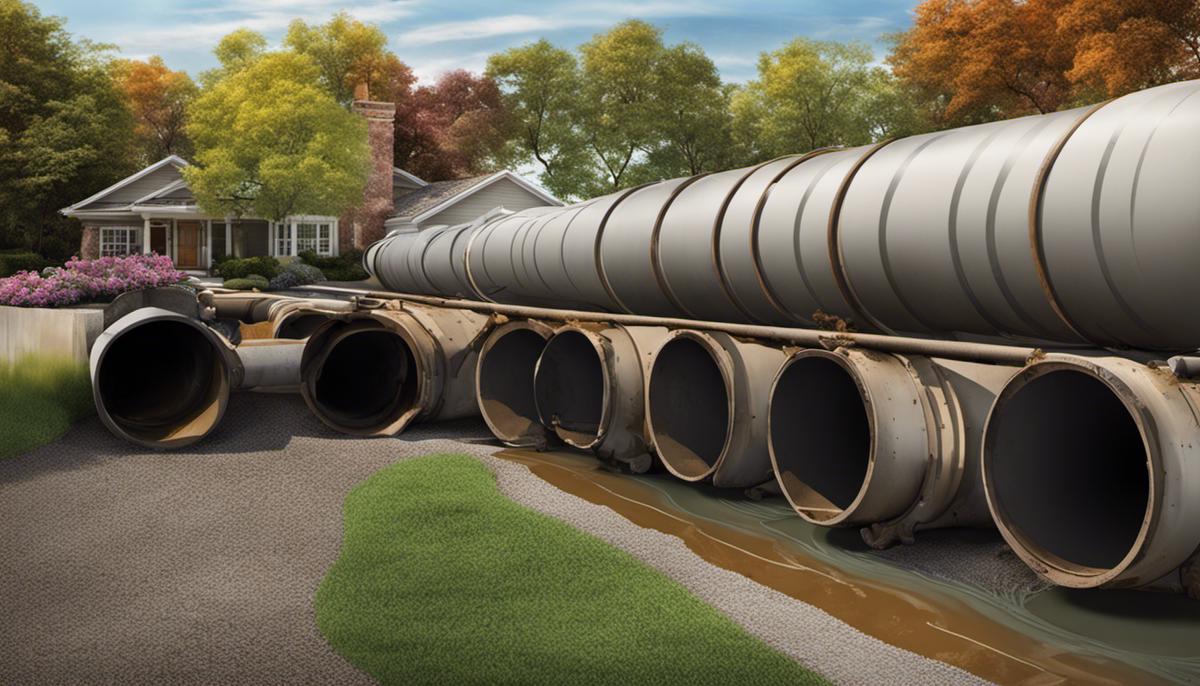
Sewer Line Repair Techniques
Expert Techniques on Sewer Line Repair
Welcome, plumbing aficionados! Let’s delve right into the lesser-known sewer line repair techniques that could possibly save your day. Now, we’ve previously discussed tree root invasion repair, dealing with pipe obstruction, how to handle pipe deterioration, correcting pipe misalignment, and remedying bellied pipes. Today, let’s explore further!
Pipe Bursting Technique:
In case there’s a severely damaged pipeline that cannot be repaired directly, pipe bursting comes into play. The process involves towing a new pipe through the existing one, while at the same time fracturing the old pipeline outwards. It replaces the damaged pipeline as it burrows its way in, hence the term ‘pipe bursting.’ This technique is not only effective but also environmentally efficient, as it reduces the need for digging.
Internal Pipe Coating:
Ever thought of giving your pipes a fresh coat? Internal pipe coating is a technique used to repair leaking or damaged pipes by creating a smooth, seamless pipe within a pipe. This epoxy coating can prevent future damage from leaks and roots intrusion. With special equipment, epoxy mixture is sprayed onto the inner walls of the pipes creating a smooth, new surface.
CIPP Lining (Cured-In-Place Pipe Lining):
Talk about innovation! CIPP lining is a trenchless rehabilitation method used to repair existing pipelines. This process involves using a resin-saturated felt tube made of polyester, fiber glass cloth or a number of other materials suitable for resin impregnation. This tube is inverted or pulled into a damaged pipe and cured in place, either by heating it or by using a curing agent. The result is a “brand new” pipe that is joint-free and resistant to corrosion.
Pull-in-Place Lining:
Another ingenious technique is pull-in-place lining. Similar to CIPP, this technique uses an epoxy-saturated liner which is pulled in place to cover the damaged areas. Rather than an entire pipe relining, this technique can be used to repair specific pipe sections.
All these techniques are brilliant in their own ways and ensure a durable, efficient sewer line post repair. They are perfect examples of how the art of plumbing has evolved, embracing modern technology, and how they address the age-old issues in a non-invasive yet effective manner. Learning and mastering these methods will not only keep your hobby exciting but will also make you a go-to plumbing expert in your neighborhood. Happy plumbing!
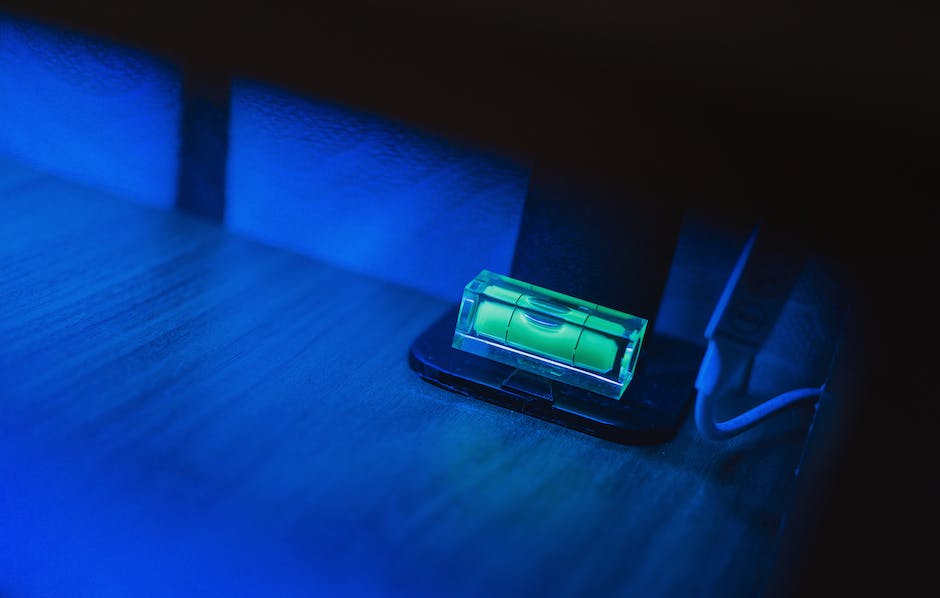
Safety Measures and Legal Regulations
When it comes to safety measures and legal regulations surrounding sewer line repair and replacement, there’s a whole world to uncover. It’s a part of the hobby that mustn’t be swept under the rug – not if you value safe and organized projects. There are certain safety considerations that one has to uphold, along with legal parameters to apply. This is where enthusiasts peel off from the casual hobbyist, each detail is just an exciting puzzle to figure out.
Safety Measures
Dial Before Digging: About as essential as it gets, one must always reach out to their local hotline to ‘dial before you dig’. This ensures no accidental run-ins with utility systems when digging the ground to repair the sewer pipe.
Efficient Protective Gear: An illuminated hard hat, safety glasses, steel-toed boots, and high-visibility jackets are essential. Gloves specifically designed for sewer work are a necessity, too.
Quality Tools: The importance of high-quality, reliable tools cannot be overstated. They not only perform the job better but also protect against possible injuries.
Gas Detectors: As a precautionary measure, do use a multi-gas detector to check for hazardous gases before delving into the work.
Legal Regulations
State and Local Laws: Look up the specific laws in your state and city about sewer line repair. Bear in mind; state law could permit something your local law doesn’t.
Permits: Sewer line replacement usually needs a permit from the local health or building department. The permit application must contain a detailed description of the proposed work, and once approved, there is typically an on-site inspection during, or after the work, to ensure effectiveness and compliance.
Professional Requirements: It’s crucial to verify the legal requirements for individuals carrying out the repairs. In the majority of jurisdictions, a licensed contractor must execute sewer line repairs or replacements.
Take it from a sewer line enthusiast, attention to safety and legal measures may sound tedious, but it actually proves hugely beneficial. These crucial steps ensure smooth sailing during repair and replacement projects while keeping everyone within the legal and safe boundary.
Conclusion
Equipped with this understanding of common sewer line problems, repair techniques, and legal requirements, you’re better prepared to tackle any issues related to sewer line repair and replacement. Knowledge regarding common problems and their symptoms can aid in early detection and prevention of catastrophic damage. Awareness about various repair techniques empowers you with the ability to choose the most suitable method considering your specific circumstances. Lastly, and perhaps most importantly, recognizing the significance of adhering to safety measures and legal norms ensures a safe and legal approach towards repair or replacement. The world of sewer line repair and replacement might be complex, but a well-informed public can contribute to a more efficient, safer, and more durable sewer infrastructure.


